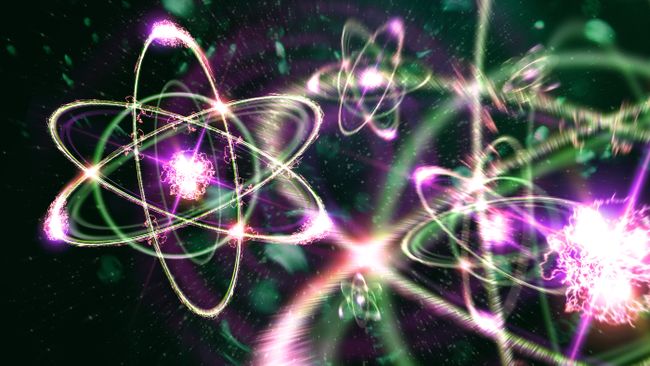Researchers Obtain Uncommon Glimpse of Nitrogen-9 Isotope, Resembling a “Nesting Doll”
With an excess of five protons beyond what is typically considered stable, the recently found nitrogen-9 isotope resides precariously on the threshold of physical feasibility.
Scientists may have recently observed an exceedingly rare variant of nitrogen that exceeds its stable proton count by five.

Hints of this novel isotope, known as nitrogen-9, were discovered through experiments involving the collision of oxygen isotopes with beryllium atoms at the U.S. National Superconducting Cyclotron Laboratory.
If subsequent experiments can validate its existence, this isotope will establish a new record for atomic nuclei with the highest surplus of protons, increasing the count from four to five. The researchers reported this peculiar isotope in the journal Physical Review Letters on October 27.
This incredibly unstable form of nitrogen undergoes a decay process akin to the layers of a Russian nesting doll, sequentially releasing one or two protons while unveiling the subsequent set, as described by Robert Charity, a nuclear scientist at Washington University in St. Louis.
Within atomic nuclei, protons and neutrons are held together by the strong force, which triumphs over the repulsive force generated by positively charged protons repelling each other in stable atoms. However, as more protons are added, this equilibrium eventually shifts, pushing atoms beyond the so-called “drip line.”
Beyond the drip line, atoms become unstable and decay by ejecting protons or neutrons. Because they occupy the outermost boundaries of conceivable atomic nuclei, semi-stable atoms beyond the drip line, in the form of rare isotopes, have long been a source of fascination for nuclear scientists.
“The existence of such an exotic system serves as a valuable test for the quantum mechanics of open or unbound many-body systems,” noted Charity.
The initial indications of nitrogen-9 were identified in data from an experiment conducted by the National Superconducting Cyclotron Laboratory, which was carried out years ago. Originally, the scientists conducted this experiment by colliding oxygen-13 atoms with beryllium in an attempt to create another isotope called oxygen-11.
However, amid the countless interactions, the researchers identified an alternative decay signature that hinted at something different. Just teetering on the edge of statistical significance, the scientists detected the rare occurrence of nitrogen-9 atoms materializing for a mere 10^-21 seconds.
In an effort to obtain partial validation of their discovery of this peculiar isotope, the scientists constructed a model of its structure. Their findings revealed that it consisted of a helium nucleus containing two protons and two neutrons, encircled by five protons held loosely. Over an exceedingly brief time span, these protons underwent decay, gradually escaping the nucleus through a quantum tunnel.
Further experiments will be necessary to confirm this groundbreaking discovery, and the researchers hold optimism that once verified, this isotope will aid them in understanding the pathways through which more common isotopes emerge.
Lee Sobotka, a professor of chemistry and physics at Washington University, explained, “The elements found in our surroundings are produced through a series of mechanisms involving intermediates that are not naturally present in our environment. These intermediates are unstable and often possess highly unusual neutron-to-proton ratios. Our work involves both reconstructing the structure of these nuclei and studying the reactions that lead to their formation.”
This article is republished from LiveScience under a Creative Commons license. Read the original article.
Do not forget to share your opinion with us to provide you with the best posts !



0 Comments